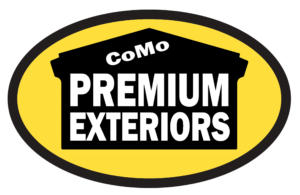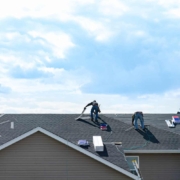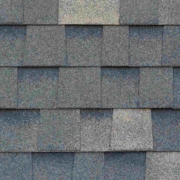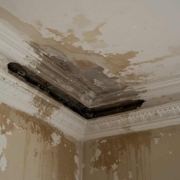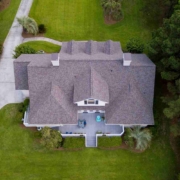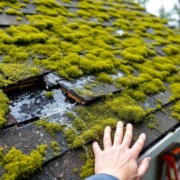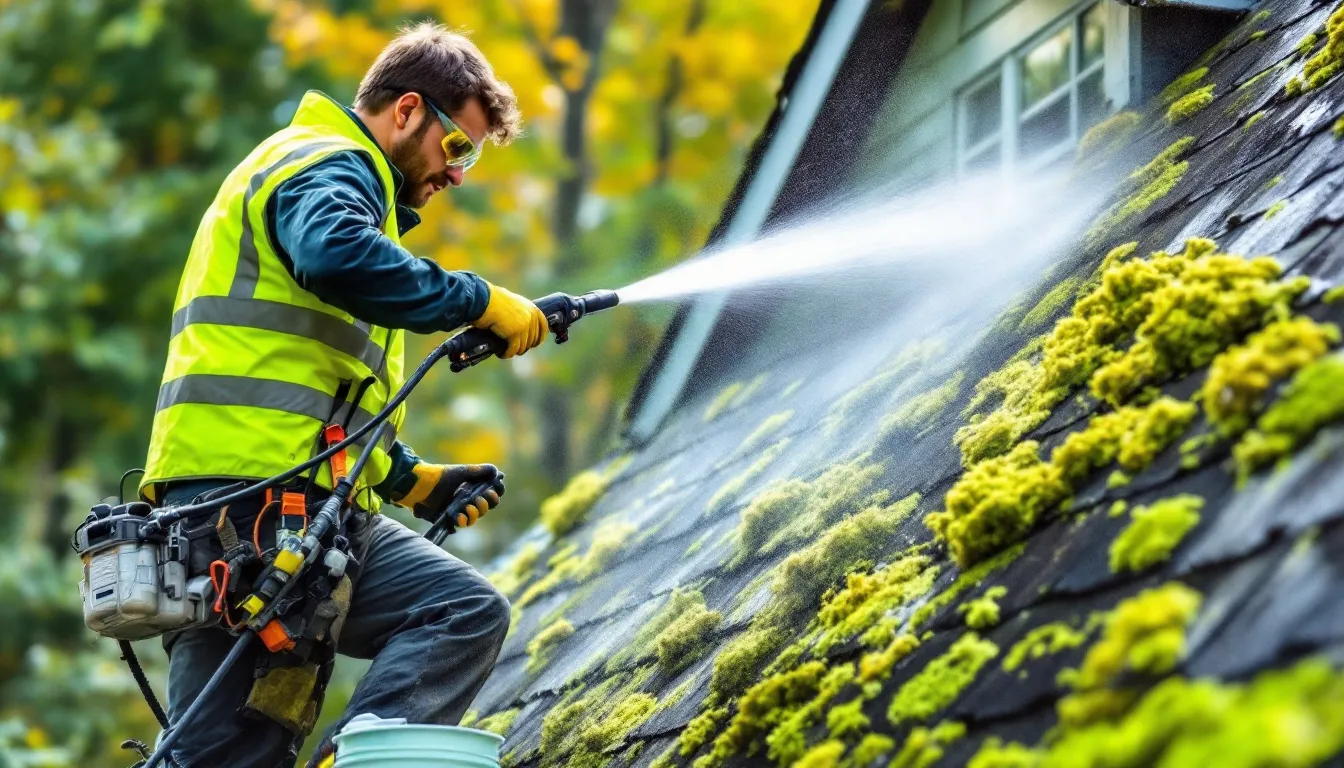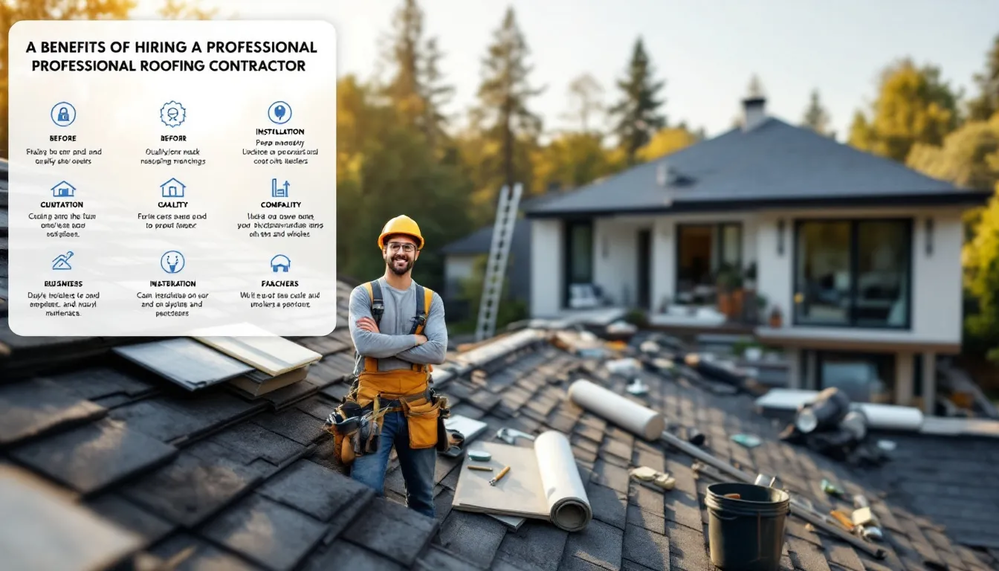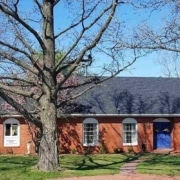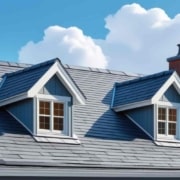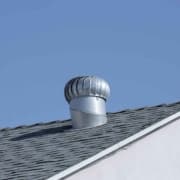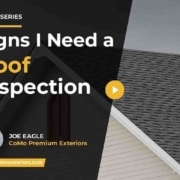First-Time Roofing in Sedalia, MO: How to Choose the Right Contractor
How to Choose the Right Roofing Contractor in Sedalia, MO
Roofing your home for the first time is a big decision. And in a place like Sedalia, MO, where storms, hail, and harsh seasonal shifts can take a toll on your property, choosing the right contractor matters more than ever. As a homeowner, you want more than just a roof that looks good. You need a local professional who understands Mid-Missouri’s climate, offers real accountability, and stands behind their workmanship for the long haul.
At CoMo Premium Exteriors, we’ve helped thousands of families across Sedalia and surrounding towns make informed, confident choices about their roofing projects.
Whether you’re dealing with storm damage, upgrading an aging roof, or building from the ground up, this guide will walk you through how to choose a roofing contractor you can trust—and what to expect once you’ve made the right call.
Key Takeaways
- Local roofing companies with insurance, licenses, and strong reputations help protect Sedalia homes through every roofing project.
- Manufacturer certifications and clear warranties give you confidence in the roof’s quality, performance, and long-term protection.
- Detailed estimates, strong communication, and safe job practices are signs your roofing contractor takes your home seriously.
- The right contractor follows through with inspections, updates, cleanup, and documentation backed by workmanship and warranties.
Start with Local Credibility and Recognition
When learning how to choose a roofing contractor in Sedalia, start by evaluating their credibility and visibility within the town. A good contractor will have a permanent office in the region and a strong presence in neighborhoods throughout the city.
Whether you live near the Sedalia Center for advanced manufacturing or in a subdivision off 16th Street, it’s crucial to work with local roofing companies familiar with the Missouri state building codes and climate.
CoMo Premium Exteriors, a professional roofer deeply rooted in this community, has been part of the industry for over 15 years and has created a reputation for reliability and professionalism across Mid-Missouri.
Verify General Liability Insurance and Licensing
Before hiring anyone, ensure your potential contractors carry active general liability insurance and workers’ compensation. This type of insurance protects you, the homeowner, if something happens—like an employee getting injured or property damage during the job.
Liability insurance is essential for responsible business operations, and professional contractors should be fully licensed in the state of Missouri.
Ask for documentation and verify those credentials.
At CoMo, we’re committed to transparency, and we always explain exactly how our coverage works before we begin a project.
Look for Manufacturer Certifications and Warranties
One key way to identify the right roofing contractor is by checking their partnerships with major manufacturers. Manufacturer certifications not only prove a contractor’s workmanship but also offer access to extended warranties.
At CoMo Premium Exteriors, we’re proud to be a Platinum Preferred Contractor with Owens Corning and a GAF Master Elite Contractor.
These designations mean our roof system installs meet high standards and come with trusted warranties to protect your home for the long haul.
Assess the Contractor’s Work Portfolio and References
Any good contractor should be able to provide references and show a portfolio of their contractor’s work. Whether it’s a new roof installation completed near the Missouri State Fairgrounds or weather damage repairs near the Queen City of the Ozarks’ edge, homeowners should research past jobs to get a sense of the contractor’s quality and consistency.
Our team will gladly offer references from satisfied customers and share project details so you know the workmanship we’ve performed across town.
Discuss the Full Project Scope and Roofing Materials
A quality roofer will go beyond surface-level estimates and dive into the full scope of the project. They should walk you through the entire roof system, from structural supports to underlayment and roofing shingles.
Roofing materials play a critical role in how well your roof performs against Sedalia’s seasonal weather—from fall storms to hail.
At CoMo, we select materials from leading manufacturers to ensure maximum durability and aesthetic alignment with your property.
Get Clear, Written Estimates and Contracts
To avoid misunderstandings or surprise costs, insist on written estimates that detail everything: labor, roofing materials, project timelines, payment terms, and cleanup expectations. Your contract should also note who is responsible for permits, structural repairs, and final inspections.
Our team takes the time to explain every detail of your contract so you can make an informed decision. We believe that a clear contract line-by-line protects both the customer and the contractor.
Pay Attention to Communication and Cleanup Commitments
One sign of a professional roofer is how they communicate before and during the job.
If you’re dealing with a contractor who avoids questions or delays responses, that’s a red flag. Our office staff and project managers stay in touch from start to finish. We’re proud of our jobsite safety standards and commitment to leaving every property cleaner than we found it—especially in densely populated areas where cleanliness matters.
We maintain protected paths, respect your landscape, and treat your location like our own.
Evaluate Insurance Claim Experience
If your need for a new roof stems from storm damage—like those that sometimes strike near the Scott Joplin Ragtime Festival—you’ll want a contractor with experience dealing with insurance companies. Our team works directly with insurers to ensure that your coverage is maximized and the process is smooth.
Knowing how to navigate these claims responsibly is another way we protect your property and reduce stress.
What to Expect After Hiring the Right Roofing Contractor in Sedalia
Once you’ve hired the right roofing contractor, the process should be clear, professional, and built around protecting your home. Here’s what you can expect when you work with a reliable roofing team in Sedalia—step by step.
A Professional Inspection of Your Existing Roof
Once you’ve selected your roofer, the process begins with a thorough inspection of your existing roof. Our trained employees assess the entire roof system, identifying structural issues, water damage, or worn shingles that need to be addressed.
This stage allows us to tailor solutions specifically for your Sedalia home and protect its long-term value.
Transparent Scheduling and Reliable Start Dates
You deserve clear communication and realistic timelines. After you’ve reviewed estimates and signed your contract, our team will coordinate scheduling around your availability and major community events, such as the Missouri State Fair.
Unlike unreliable companies, we are committed to punctuality and structured job timelines, so you’re not left wondering when workers will arrive.
Safe Jobsite Setup and Responsible Crew Behavior
Safety is at the heart of every project we perform.
From protecting your landscaping to installing safety barriers around your Sedalia property, our crew takes its responsibility seriously. We use protective gear, maintain clean work zones, and follow industry best practices to prevent accidents from happening.
Respectful Use of High-Quality Roofing Materials
Our projects are built to last because we only use roofing materials from top-tier manufacturers. From shingles to ice barriers, every component is chosen for reliability, style, and Missouri weather compatibility.
Whether your project is a partial roof repair or a full roof replacement, the materials used on your home meet rigorous industry standards.
Daily Progress Updates and Accessible Communication
Good communication should never stop after the job starts.
That’s why we assign a project manager who updates you on progress and makes sure everything goes according to plan. You’ll never be left wondering what’s happening on your roof—especially important for homeowners with busy lives or those managing multiple properties in the Sedalia region.
A Thorough Cleanup and Final Walkthrough
After the last shingle is nailed and the work is complete, we take our cleanup seriously.
Our crew performs magnet sweeps, debris removal, and final checks to ensure nothing was overlooked. We treat your property with respect and always complete a walkthrough with you to explain what was performed and confirm your satisfaction with the work.
Support with Warranties and Final Documentation
You’ll receive full documentation for your project, including registration of warranties, roof maintenance tips, and insurance paperwork if applicable.
At CoMo, we’re committed to long-term performance—our Limited Lifetime Workmanship Warranty reflects that promise. You’ll also be given access to the page of your project file and contact details for future support, so help is never far away.
Ready to Protect Your Sedalia Home? We’ve Got You Covered.
Choosing a roofer is a serious decision, but with CoMo Premium Exteriors, you get a partner committed to safety, reliability, and honest workmanship. Whether you need repairs, a full replacement, or insurance support, our team has the credentials, experience, and commitment to quality that Sedalia homeowners deserve.
Contact us today to schedule your free inspection, and let’s protect your home with confidence. We’ve got you covered.
Frequently Asked Questions
What should I ask a professional roofer before scheduling a roof inspection?
Ask about general liability insurance, roofing experience in Missouri, cleanup practices, material warranties, and which services they provide beyond roofing.
How does general liability insurance protect me during a roofing project?
General liability insurance protects your home if damage occurs during the job and covers workers in case someone gets injured.
What services should I expect from a full-service exterior remodeling company?
A full-service contractor should offer roofing, siding, gutters, windows, decks, and storm restoration to protect your entire home exterior.
Why choose a local contractor over large roofing companies across America?
Local roofers understand Missouri weather and codes, offer better service accountability, and stay committed long after the job is complete.
